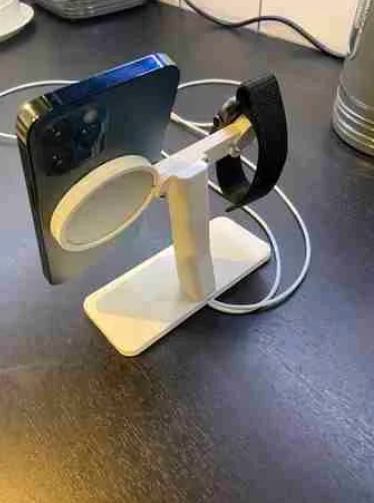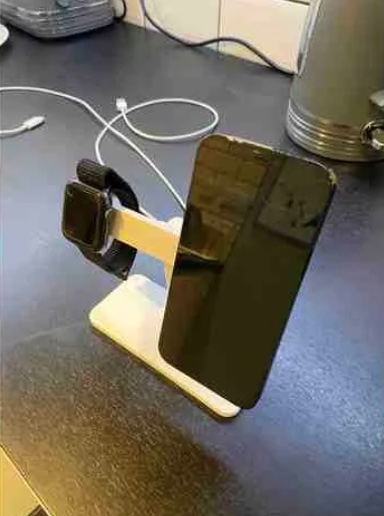

The M1 processor inside the MacBook Pro has eight ARM-based CPU cores, along with eight GPU cores. Apple MacBook Pro 13in (2020) review: Specs and performance Apple’s touchpads have always been gloriously responsive, and this one measures a huge 135 x 81mm and supports both force touch and haptic feedback, so you can control its clickiness and optionally ‘hard press’ to access additional functions and options. The touchpad, meanwhile, is a delight to use. The latter doubles up as a fingerprint reader, adding an extra degree of security for unlocking the computer, filling in passwords and authorising payments.

It’s also more tactile to type on, with the key travel distance increased from 0.7mm to 1mm.Ībove it, the Touch Bar is flanked by a physical Escape key at the left and a power button at the right. Compared to the old butterfly switches, this makes it much harder for dust and crumbs to get stuck under the keys, which should mean a lot fewer inconvenient breakdowns. The 2020 MacBook Pro comes equipped with Apple’s Magic Keyboard, which features the company’s latest scissor mechanism. Apple MacBook Pro 13in (2020) review: Keyboard and touchpad And as usual there’s no support for touch, which – in light of the experience now offered by the iPad Pro – is starting to feel like a stubbornly arbitrary omission. If we had to nitpick, we’d note only that the black surround measures 9mm at the sides and 14mm at the top that’s not enormous, but it looks slightly conspicuous next to, say, that Dell XPS 13. Colour accuracy is outstanding too, with an average Delta E of 0.93 indicating that this screen is more than adequate for professional-grade photo and video work. We measured an excellent peak brightness of 509cd/m2, with impressive colour coverage of 97.9% of the P3 colour space. This is fine by us: it has the same ultra-sharp 2,560 x 1,600 “Retina” resolution, and superb brightness and colour reproduction. Apple MacBook Pro 13in (2020) review: DisplayĬurrently the M1 MacBook Pro is only available with a 13in display – the 16in model is still Intel-powered – and it uses the same IPS panel as the 2019 revision. And while the aluminium casing is sturdy and practical, it’s somewhat on the dull side: your only colour options are silver and “Space Grey”, which won’t turn many heads. One change is that the Touch Bar is no longer optional on the M1–powered MacBook Pro: whether you want it or not, you’re getting it. There are thinner, lighter alternatives – the Windows-based Dell XPS 13 springs obviously to mind, as does Apple’s own MacBook Air – but we can’t call the MacBook Pro cumbersome.

The new MacBook Pro looks outwardly identical to the last-generation Intel-based model, and it’s precisely as portable, measuring a modest 16mm thick and weighing 1.4kg. Apple MacBook Pro 13in (2020) review: Design
MACBOOK PRO CABLE PROTECTOR 3D PRINT WINDOWS
The closest you can get is installing the ARM edition of Windows inside a virtualisation host like Parallels – but right now this should be considered an experimental solution, and we’d recommend extensive testing before you rely on it for anything.
MACBOOK PRO CABLE PROTECTOR 3D PRINT MAC
Note too that, without an Intel chip, you can no longer use Boot Camp to run Windows on Mac hardware.



 0 kommentar(er)
0 kommentar(er)
